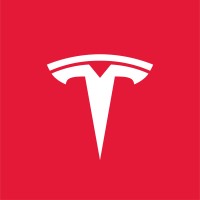FAQs
What type of projects will a Mechanical Design Engineer work on in this role?
A Mechanical Design Engineer will work on projects related to tires, wheels, hubs, halfshafts, steering, suspension, subframes, brakes, pedals/controls, and air suspension and damping systems for Tesla's passenger car and heavy vehicle programs.
What qualifications are required for this position?
Candidates should have an education in Mechanical Engineering or equivalent, proficiency in a 3D CAD software (preferably CATIA), basic knowledge of GD&T, and experience with component design, analysis, and validation.
Is prior experience necessary for this role?
Prior experience in a relevant engineering field is valued, but the team has openings for varying levels of experience, from entry level to expert.
Will I need to travel for this position?
Yes, some travel to suppliers may be required, including international travel.
What support will be provided for professional development?
The team emphasizes collaboration, learning, and growth, providing opportunities to learn and improve skills through experience and support from colleagues.
What software tools are primarily used for design in this role?
Designers will primarily use 3D CAD software along with associated CAE tools to develop and optimize designs.
How important is hands-on experience for this role?
Hands-on experience is considered a major plus as it is relevant for engineering development work and addressing production issues effectively.
What are the key responsibilities of a Mechanical Design Engineer on this team?
Responsibilities include design, analysis, sourcing, prototyping, testing, vehicle assembly validation, quality control, and engineering documentation.
How does the team structure work at Tesla for this role?
The team works in small, dedicated groups, allowing for close collaboration among engineers from various backgrounds and experience levels.

